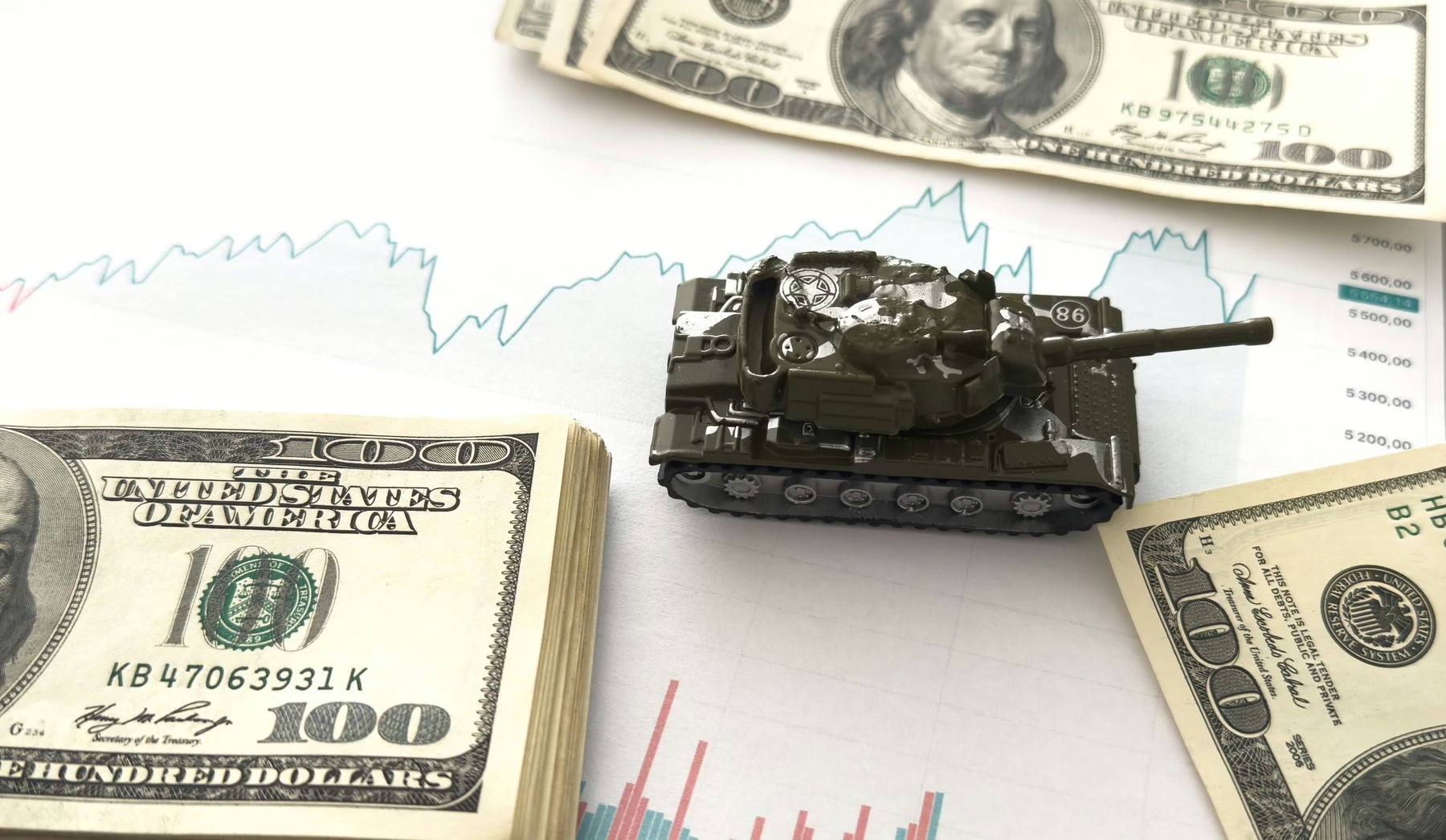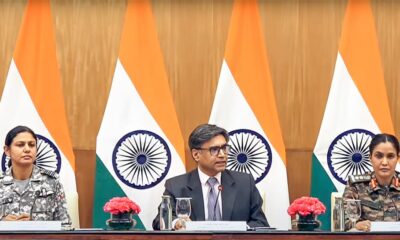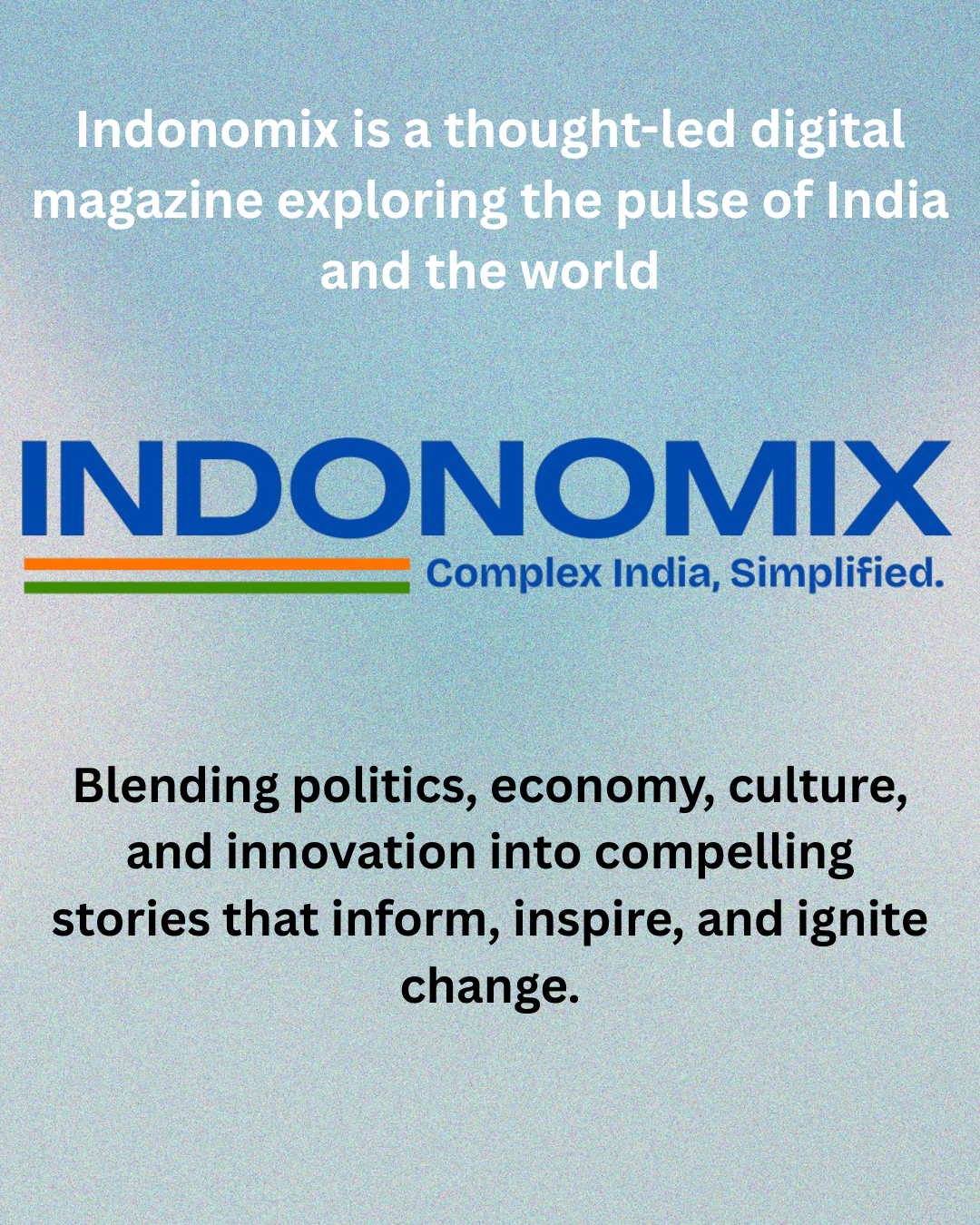“If war is the continuation of politics by other means, then perhaps it’s also the continuation of profit by bloodier ones.”
Behind every missile launched, every tank that rolls, every soldier outfitted in combat gear—there’s a ledger. Wars are not just ideological or territorial clashes. They’re also marketplaces. And where there is destruction, there is demand.
In this chapter, we follow the money. We lift the veil on the global arms bazaar, the silent engines of war economies, and the uncomfortable truth: for some, peace is bad for business.
1. A Gun for Every Budget
The global arms trade is a trillion-dollar beast. And it’s growing.
From Lockheed Martin and Raytheon in the United States to Russia’s Rosoboronexport, Israel’s Rafael, France’s Thales, China’s NORINCO, and India’s DRDO-consortiums—the production, marketing, and selling of weapons is a booming business. Fighter jets, drones, rifles, submarines, missiles, and increasingly, AI-driven surveillance systems are all part of a military-industrial complex that stretches across continents.
And here’s the twist: in many cases, these arms are sold to both sides of a conflict—either directly or through proxies.
In Yemen, arms from the U.S., U.K., France, and Iran have ended up in opposing hands. In Ukraine, while the West supplies Kyiv, Russian arms are still being serviced or sourced through grey markets.
It’s not about sides. It’s about sales.
2. The Military-Industrial Complex: Eisenhower’s Warning Comes True
In 1961, U.S. President Dwight D. Eisenhower famously warned of the “military-industrial complex” — the tight triangle between arms manufacturers, defense bureaucrats, and political leaders. He feared it would one day prioritize profit over peace.
That day is here.
Governments spend billions annually on defense. These budgets are pushed by lobbying, political donations, and often, a revolving door of personnel who move from government to weapons companies and back.
In India too, post-Pulwama, the defense budget saw a visible bump. National security concerns, legitimate as they may be, often become a fertile pitch for pushing procurement, private-sector partnerships, and Make-in-India military initiatives.
Of course, some of it is necessary. No country wants to be unarmed. But the question is: where does preparedness end and profiteering begin?
3. Private Contractors: War as a Gig Economy
War has gone freelance.
Private military contractors (PMCs) are the modern mercenaries—legally grey, politically convenient, and often invisible in official war counts. Blackwater (now Academi), Wagner Group, DynCorp—these are just a few of the players who supply soldiers, security, and logistics without ever raising a national flag.
In conflict zones across Africa, the Middle East, and even parts of Eastern Europe, PMCs have become frontline actors—driven not by patriotism, but by profit margins.
And they’re growing. Because PMCs offer what governments love: deniability.
4. The War-Ready Economy: When Jobs Depend on Conflict
Here’s a hard truth: in many countries, peace threatens jobs.
In the U.S., nearly 3 million people are employed—directly or indirectly—in the defense industry. In Israel, arms exports are a key economic driver. In China, state-run military firms are deeply tied to regional industrial ecosystems. Even in India, where defense manufacturing is being privatized and incentivized, the sector promises to be a future jobs engine.
So when war comes, it boosts GDP. Stock markets reward arms makers. Defense workers log overtime. Politicians see patriotic gains. Everyone, it seems, has a reason to keep the machine running.
In that light, is it really surprising that permanent peace feels elusive?
5. The New Gold Rush: Drones, Data & Digital Warfare
War has evolved. And so have its profiteers.
Today’s most sought-after war tools are no longer just tanks and bullets. They’re surveillance tools, spyware, satellite networks, cyberweapons, and drone swarms.
Companies like Palantir, NSO Group (maker of Pegasus), and others represent the future battlefield—where data is the deadliest weapon. Intelligence, not infantry, is the new frontline.
Even social media platforms have been dragged into the fray—both as battlegrounds and business tools. Fake accounts, viral hate, deepfake videos—these don’t just serve political agendas, they generate revenue.
Yes, even misinformation has a monetization model.
6. Aid, Reconstruction & the Aftermarket of War
It doesn’t end with the last bullet. In fact, some say the real profits begin once the fighting stops.
Reconstruction is a lucrative industry—roads, hospitals, power grids, telecom lines, schools—all need rebuilding. Contracts are handed out, often to the same firms that made money off the destruction.
In post-war Iraq and Afghanistan, billions were spent on reconstruction, with much of it going to large corporations connected to the military-industrial-political web. Many of these projects never got completed. But the money moved.
The cycle is cruelly elegant: build, destroy, rebuild.
7. Who Really Pays the Price?
Not the arms dealers. Not the defense lobbyists. Not the PMC shareholders.
The real cost is paid by the foot soldier. By the farmer who loses his land to a tank. By the refugee whose home was collateral damage. By the child who walks to school through rubble. By the generation that grows up on trauma and nationalism.
War makes a few people very rich. And millions very broken.
Can We Dismantle the Business of War?
If war is profitable, peace becomes an economic problem.
That’s the paradox the world faces today. Disarmament talks stall not because leaders disagree on ideals—but because they threaten industries. When you follow the money, you begin to see why peace is so fragile.
But understanding the system is the first step in changing it. Transparency in defense deals. Public scrutiny of PMC roles. Ethical lines in surveillance tech. Media literacy to resist manufactured fear. These are not idealistic dreams—they are democratic necessities.
Because in the end, war is not inevitable. But unless we break the business model, it may be permanent.
The War Within Us By Shashi Singh
Coming Next:
In Part 5: “Religion, Race, and Identity: The Emotional Fuel of Conflict” We’ll examine how wars are often waged not over resources but over symbols—faith, ethnicity, nationalism. Why do we kill for belief? Why are identity-based conflicts so emotionally potent—and so hard to resolve?

 The War Within Us4 days ago
The War Within Us4 days ago
 Politics3 days ago
Politics3 days ago
 Opinion3 days ago
Opinion3 days ago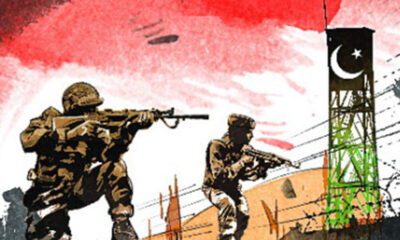
 Opinion5 days ago
Opinion5 days ago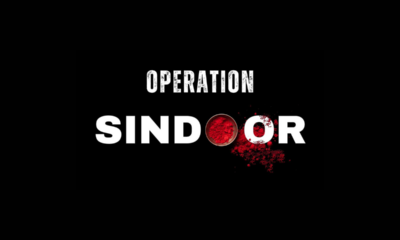
 News6 days ago
News6 days ago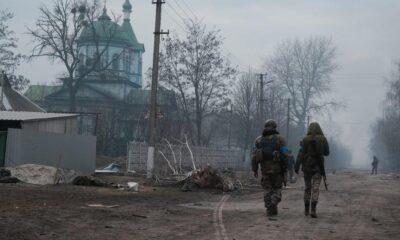
 The War Within Us2 days ago
The War Within Us2 days ago
 The War Within Us3 days ago
The War Within Us3 days ago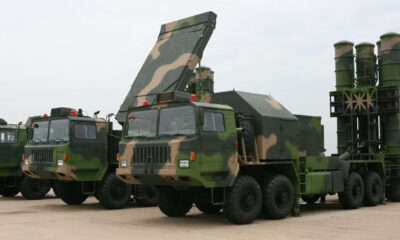
 Opinion4 days ago
Opinion4 days ago
